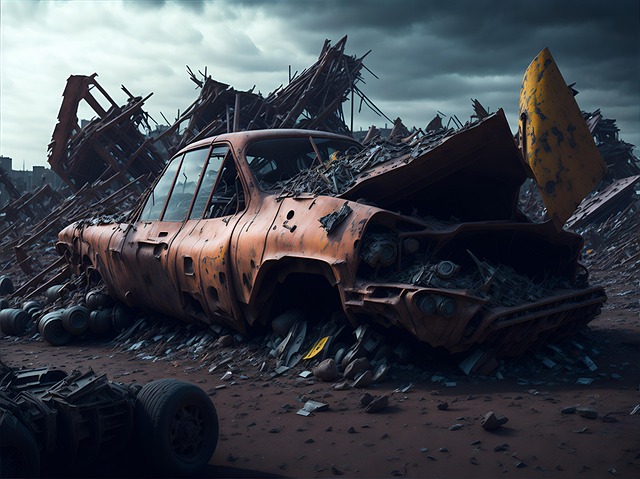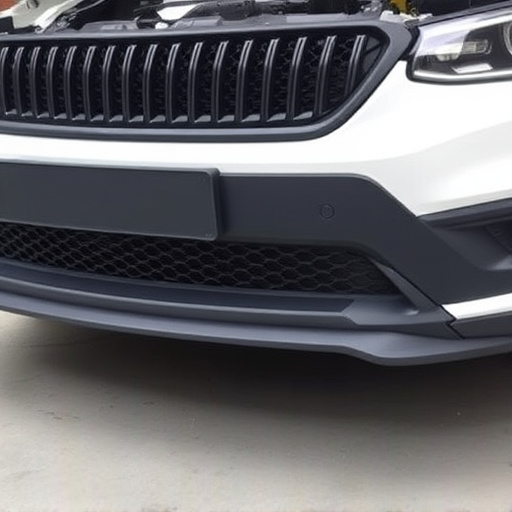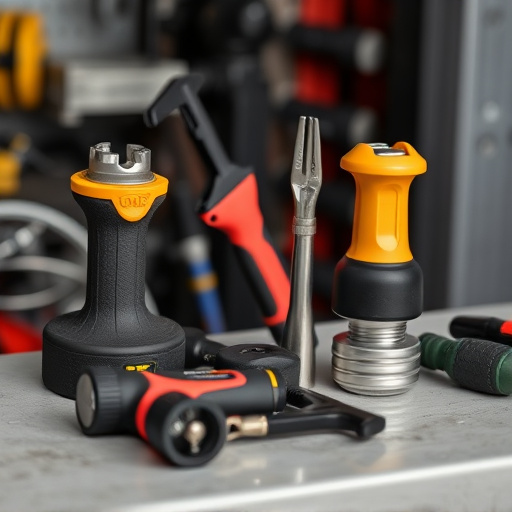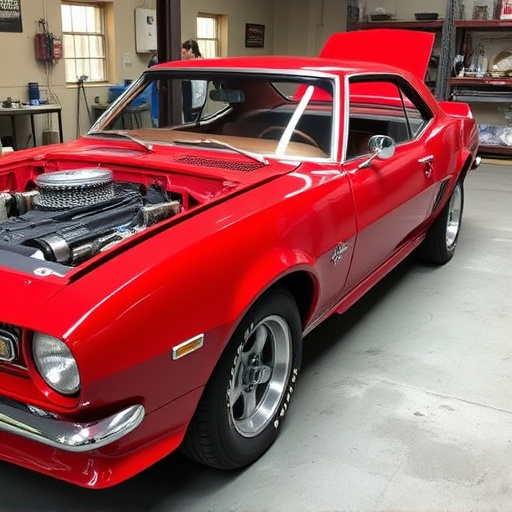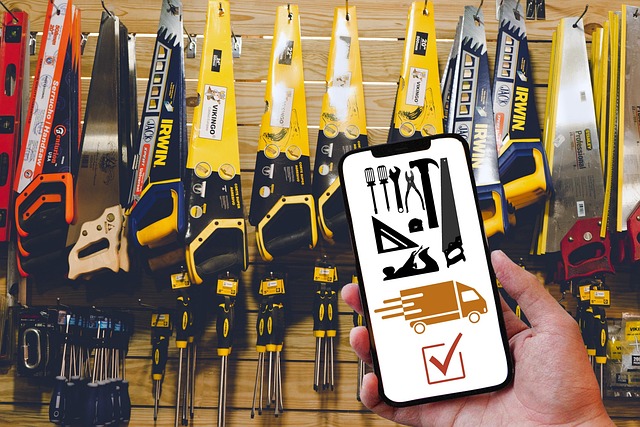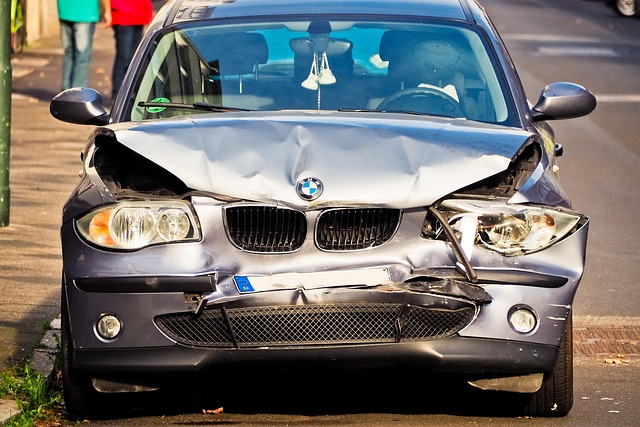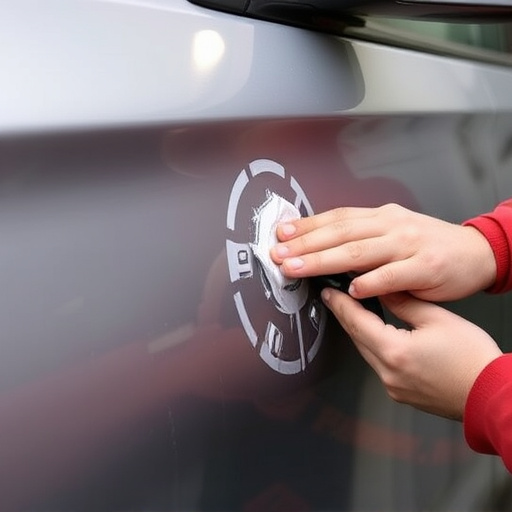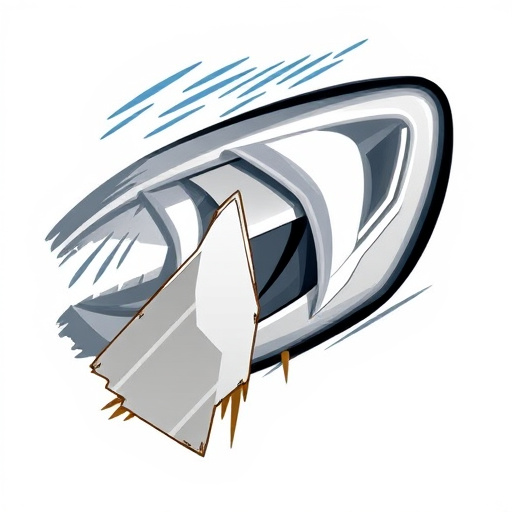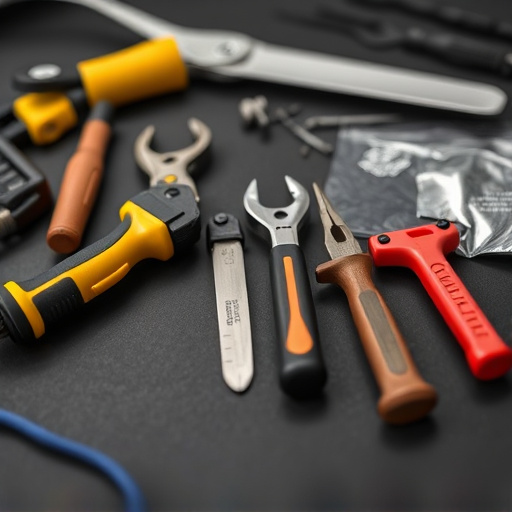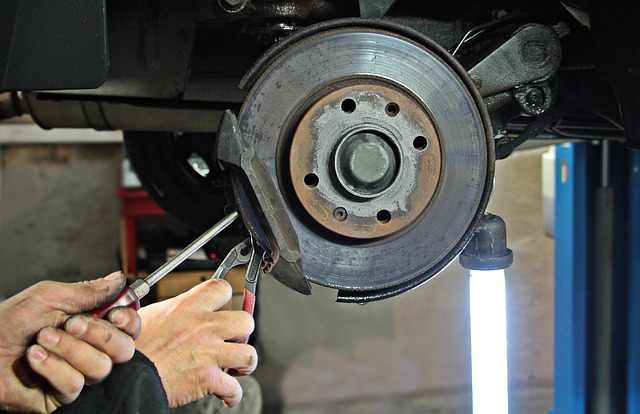The car body repair service sector is rapidly evolving, combining traditional skills with cutting-edge technology like AI, robotics, and sustainable materials. These advancements aim to enhance precision, reduce costs, and streamline repairs, while also minimizing environmental impact. Innovations such as 3D printing and CAD software are transforming the industry, reflecting a commitment to efficiency, accuracy, and eco-friendliness in car body repair services.
The future of car body repair service tools is poised for a transformative era, driven by technological innovations. We explore the evolving landscape, from historical advancements to emerging trends that promise enhanced efficiency and precision. This includes the integration of advanced robotic systems, AI-driven diagnostics, and 3D printing. Moreover, sustainability takes center stage with eco-friendly materials and digital twins revolutionizing repair processes. Understanding these developments is crucial for car body repair services to stay competitive and meet evolving industry standards.
- The Evolving Landscape of Car Body Repair Technology
- – Current state of car body repair service tools
- – Historical overview of advancements in automotive repair technology
The Evolving Landscape of Car Body Repair Technology

The car body repair service landscape is undergoing a significant metamorphosis driven by technological advancements and consumer expectations. Traditional collision repair services are evolving from manual processes to highly automated, efficient systems. Modern workshops now feature advanced robotics, artificial intelligence (AI), and machine learning algorithms that streamline tasks such as dent removal, panel replacement, and auto body painting. These innovations not only enhance precision but also reduce the time and cost associated with repairs.
As technology continues to revolutionize vehicle bodywork, focus is shifting towards sustainability and eco-friendliness. New materials, techniques, and procedures are being developed to minimize waste and reduce the environmental impact of collision repair services. This includes the adoption of lightweight materials that improve fuel efficiency and safety while also employing innovative painting technologies that reduce the use of harmful chemicals. Such developments underscore the industry’s commitment to staying at the forefront of both technological advancement and environmental stewardship.
– Current state of car body repair service tools

The current landscape of car body repair service tools is marked by a blend of traditional techniques and rapidly evolving technology. Collision centers and auto body shops have long relied on manual labor, specialized hand tools, and industrial machinery for tasks ranging from metal welding to paint application. However, with advancements in automation and digital design, the industry is experiencing a significant transformation. Today, many repair services are adopting computer-aided design (CAD) software, 3D printing, and robotic systems to enhance precision, reduce labor costs, and streamline the overall process of auto body work, particularly in high-end brands like Mercedes Benz repair shops.
These technological innovations not only ensure more accurate and efficient car body repairs but also open up new possibilities for customization and restoration. From laser cutting technology that allows for intricate and precise panel replacement to advanced paint systems that match factory finishes perfectly, the future of car body repair service tools looks set to be driven by a fusion of traditional skills and cutting-edge technology.
– Historical overview of advancements in automotive repair technology
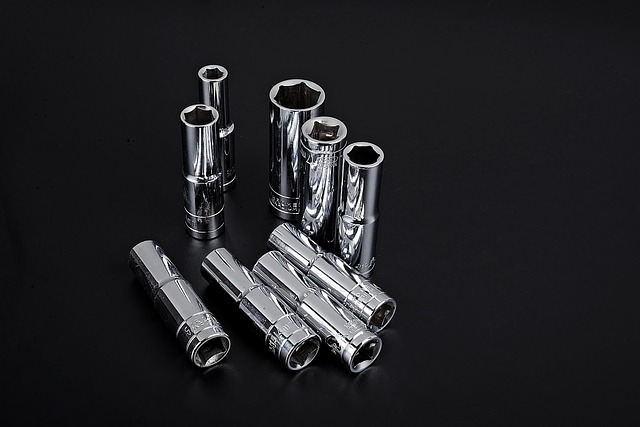
The evolution of car body repair service tools is a testament to humanity’s unyielding quest for efficiency and precision. Historically, automotive repairs involved laborious manual labor, with blacksmiths and skilled craftsmen shaping metal by hand. The advent of the internal combustion engine brought mechanization, introducing the first power tools designed for auto body work in the early 20th century. These innovations marked a significant shift, enabling faster and more accurate repairs. Over time, technology continued to advance, with the introduction of computer-aided design (CAD) systems and laser cutting in the late 20th century. CAD software allowed for intricate and precise car body repair service, while laser cutting streamlined metal fabrication, reducing downtime and improving overall efficiency.
In the digital age, the integration of advanced technologies like artificial intelligence (AI), robotics, and virtual reality (VR) is revolutionizing car body repair services. AI-powered systems can analyze damage with unprecedented accuracy, suggesting tailored repair solutions. Robotics enhances precision and reduces human error, especially in complex tasks such as panel replacement and welding. VR training simulations offer a safe, immersive environment for learning and perfecting auto dent repair skills. These innovations not only elevate the standard of car body repair services but also contribute to sustainability by minimizing material waste and reducing the overall environmental impact of automotive repairs.
As we look towards the future, the landscape of car body repair service tools is poised for significant innovation. The historical trajectory of automotive repair technology, marked by steady advancements, suggests a continued push towards efficiency, precision, and sustainability. With advancements in AI, robotics, and material science, the industry stands on the cusp of a new era where repairs are faster, more accurate, and environmentally friendly. Embracing these changes will not only enhance customer satisfaction but also redefine the standards for car body repair service.
